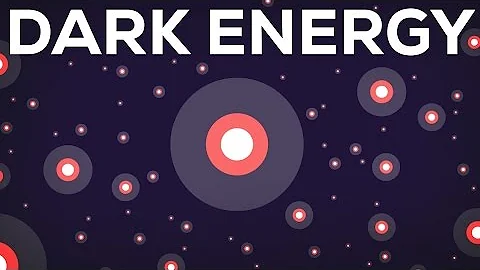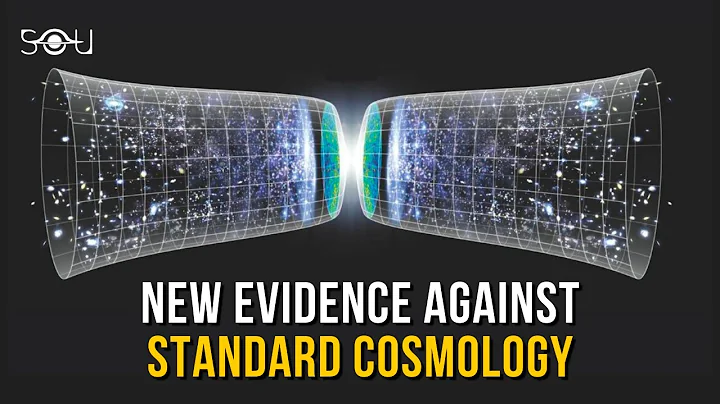Rabindranath Tagore wrote in his poem: What is the flame of darkness that uses stars as sparks but cannot be seen?
If you ask a physicist to answer, the answer is probably: dark matter . The so-called dark matter is invisible matter, but it has been theoretically calculated that a large amount of matter exists in the universe.
So, what exactly is dark matter? How can it be detected? On June 30, the "From Minimal Quantum Particles to the Extremely Expanding Universe" quantum- Chang Jin, academician of the Chinese Academy of Sciences and director of the National Astronomical Observatory, gave an answer at the Frontier Forum on Cosmic Physics.

forum event data map
Why should we study this "ghost" scattered in the universe - dark matter?
Through astronomical observations, scientists have discovered that luminous matter accounts for only a very small part of the universe, while dark matter accounts for about 25% of all matter. Chang Jin said that dark matter is like a dark cloud hanging over physics in the 21st century. Currently, there is no standard model that can explain its properties. “The study of them is likely to bring about new breakthroughs in science and even lead to changes in physics.” Revolution. ”

Live information picture
So, how can scientists detect this invisible and intangible substance?
Chang Jin introduced that there are three main ways to detect dark matter. One is to simulate the Big Bang through the collision of high-energy particles in a high-energy particle accelerator, and detect dark matter particles from it; the second is to detect dark matter particles deep underground in a "quiet" underground environment. Among them, dark matter particles are detected by capturing the weak signals generated by the expansion of dark matter particles and ordinary nuclei ; the third is to indirectly detect dark matter particles in space.
Among them, on December 17, 2015, my country's dark matter particle detection satellite "Wukong" was launched into space. Its main mission is to indirectly detect dark matter particles and study cosmic ray physics and high-energy gamma ray astronomy. It has the advantages of high energy resolution, large measurement energy range and strong background suppression ability, which will elevate China's dark matter detection to a new level.
Chang Jin introduced that when two dark matter particles meet and collide, "visible" high-energy particles will be produced, such as gamma rays, protons, antiprotons , neutrinos , etc. In layman's terms, "Wukong" is like a space telescope. By measuring these high-energy particles, it indirectly confirms the existence of dark matter particles.

Wukong number data map
The reporter learned that the "fiery eyes and golden eyes" of Wukong and made it fruitful for detection.
High-energy particles from outer space are collectively called cosmic rays, and they carry key information for a variety of astrophysics processes.
In 2017, the "Wukong" mission announced the first batch of discoveries, directly measuring an abnormal fluctuation in electron cosmic rays in space, which may be related to dark matter. In 2019, "Wukong" measured the proton energy spectrum with the widest and most accurate energy range to date. In May 2021, the third batch of scientific research results of "Wukong" was announced. Researchers obtained the latest results of precise energy spectrum measurements of cosmic ray helium nuclei.
Today, when humans look up at the sky, every morning and evening, the "Wukong" will fly over China, looking for dark matter in a sun-synchronous orbit about 500 kilometers above the ground.
From launch to now, all sensors of "Wukong" have remained in good working condition, and key data such as high-energy electrons and various cosmic ray particles are still being accumulated.
"Currently, we are still collecting data and hope to make a breakthrough in the exploration of dark matter." Chang Jin said.





















